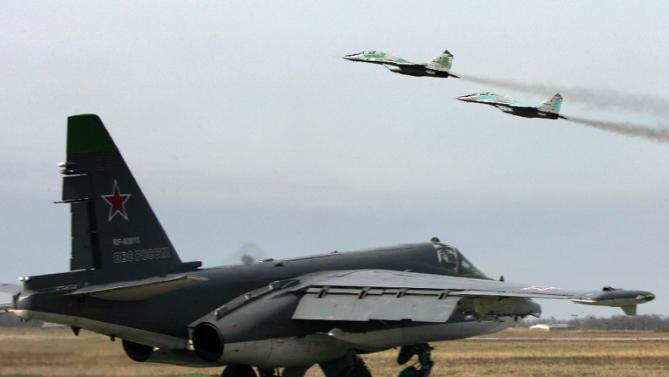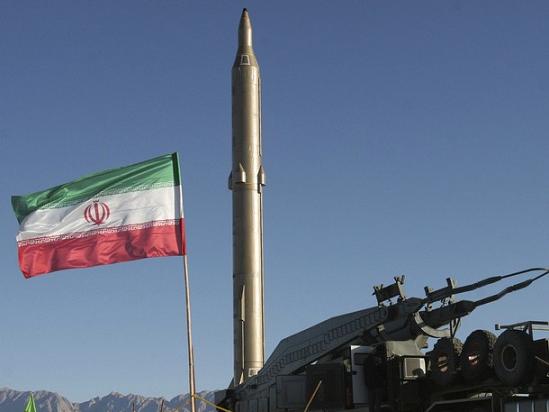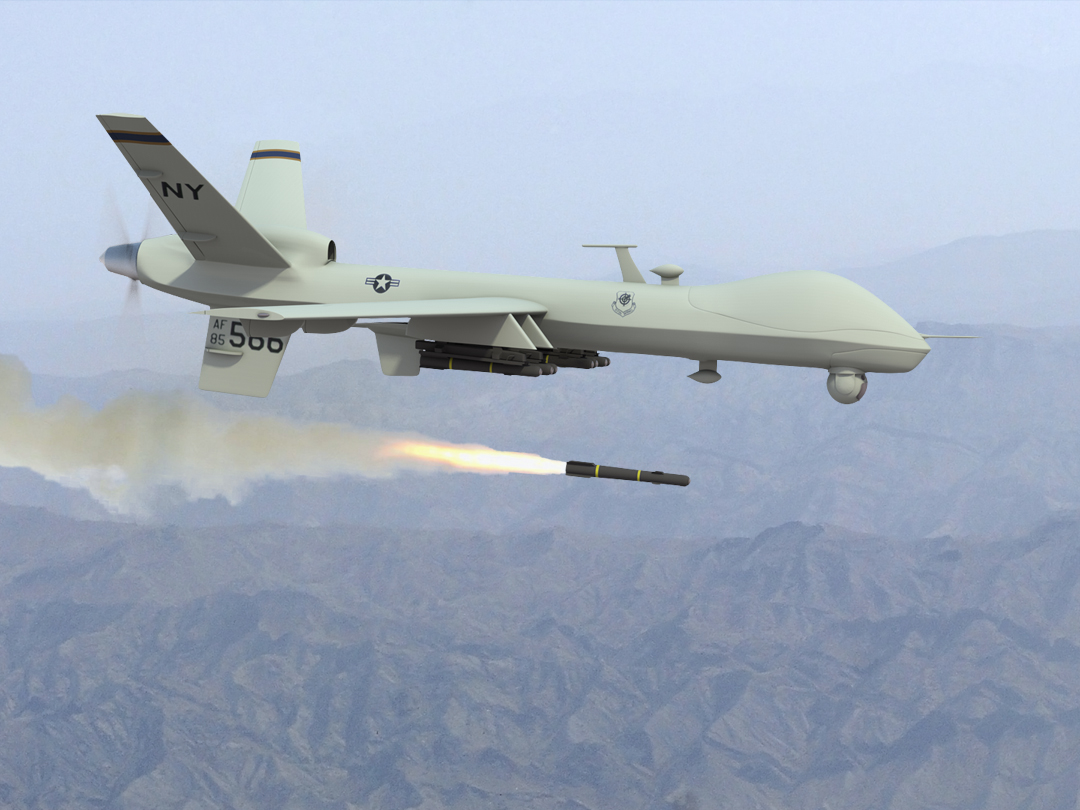SpaceX launches South Korea’s first SPY SATELLITE into orbit
12/11/2023 / By Kevin Hughes

A SpaceX Falcon 9 rocket brought South Korea’s first spy satellite into orbit from Vandenberg Space Force Base in California on Dec. 1, less than a month after North Korea successfully launched its own military reconnaissance satellite into space.
SpaceX launched the rocket at 10:19 a.m. Pacific Time, with the South Korean Ministry of National Defense (MND) later reporting that the satellite was placed into orbit a little over an hour after launch and successfully established communication with a ground station.
“With this successful launch of the military satellite, our military has secured independent intelligence, surveillance and reconnaissance capabilities,” the MND said in a statement. The ministry added that it has already contracted SpaceX to launch at least four more spy satellites into orbit by 2025 in an effort to speed up its goal of having 24-hour observation capabilities over the entirety of the Korean Peninsula.
The ministry also said it would increase the capabilities of its independent surveillance and reconnaissance assets to obtain a surprising advantage in competition with North Korea. This is part of Seoula’s desire to push into space and to decrease its dependence on Washington for satellite intelligence.
North Korean spy satellite has photographed a range of “target regions”
South Korea’s planned space expansion is expected to heat up a space arms race between Seoul and Pyongyang, which sent its own first-ever spy satellite into orbit on Nov. 21 following two failed attempts earlier this year.
North Korean state media said that its own spy satellite has already photographed a range of “target regions” ranging from the White House and the U.S. Department of Defense‘s Pentagon building; to American military bases in South Korea, Guam, and Hawaii. (Related: North Korea says new spy satellite took photos of U.S. bases in Guam.)
Pyongyang has warned Seoul and Washington that it plans to launch more satellites in the next few years.
South Korea’s planned independent military satellite network is expected to rival and then exceed North Korea’s ability to collect information. Southern military officials voiced hope that its own reconnaissance satellites can function as an “eye” for South Korea’s Kill Chain, a preemptive strike system.
With spy satellites, South Korea can quickly detect or provide early warning signs of possible North Korean nuclear and missiles attacks and retaliate accordingly.
The Kill Chain system is the backbone of South Korea’s three-pronged deterrence system which also incorporates the Korea Air and Missile Defense system and the Korea Massive Punishment and Retaliation, an operational plan to cripple North Korean leadership in the event of a serious conflict.
“It will help pave the way for South Korea’s military capability in space and accumulate know-how in the domestic satellite development to better respond to the expanding security domain in space,” the ministry said.
The MND added in the long term it intends to incorporate the spy satellites network with “left of launch,” a strategy employing electromagnetic, cyber and other technologies to break up and beat a missile launch at a pre-launch stage.
Apart from the satellites, the South Korean military is also slated to carry out a second round of testing of a domestic solid-fuel rocket designed to place small satellites into low Earth orbit later this month. These smaller, solid-fueled launch vehicles are deemed simpler and more cost-effective to launch in comparison to liquid-fuel rockets.
Follow SpyGateNews.com for more news about spy satellites in space.
Watch the video below to learn more about the North Korean satellite that spied on the U.S. military base in Guam.
This video is from the TruNews channel on Brighteon.com.
More related stories:
SpaceX dumps Ukraine; prevents “weaponization” of satellite communications system.
Sources include:
Submit a correction >>
Tagged Under:
espionage, military, military reconnaissance, military satellites, military surveillance, North Korea, satellites, South Korea, Space, SpaceX, spy satellites, surveillance
This article may contain statements that reflect the opinion of the author
RECENT NEWS & ARTICLES
COPYRIGHT © 2017 WEAPONSTECHNOLOGY.NEWS



















